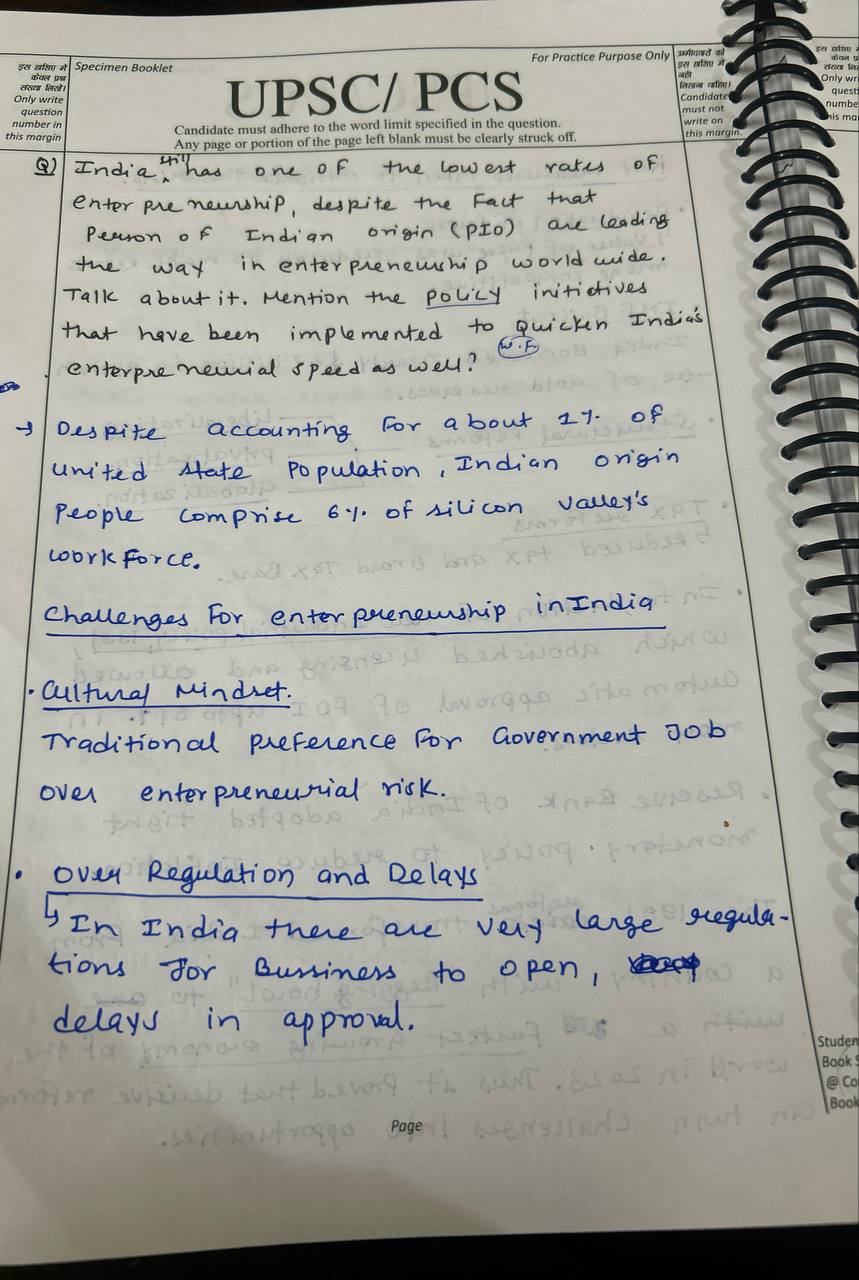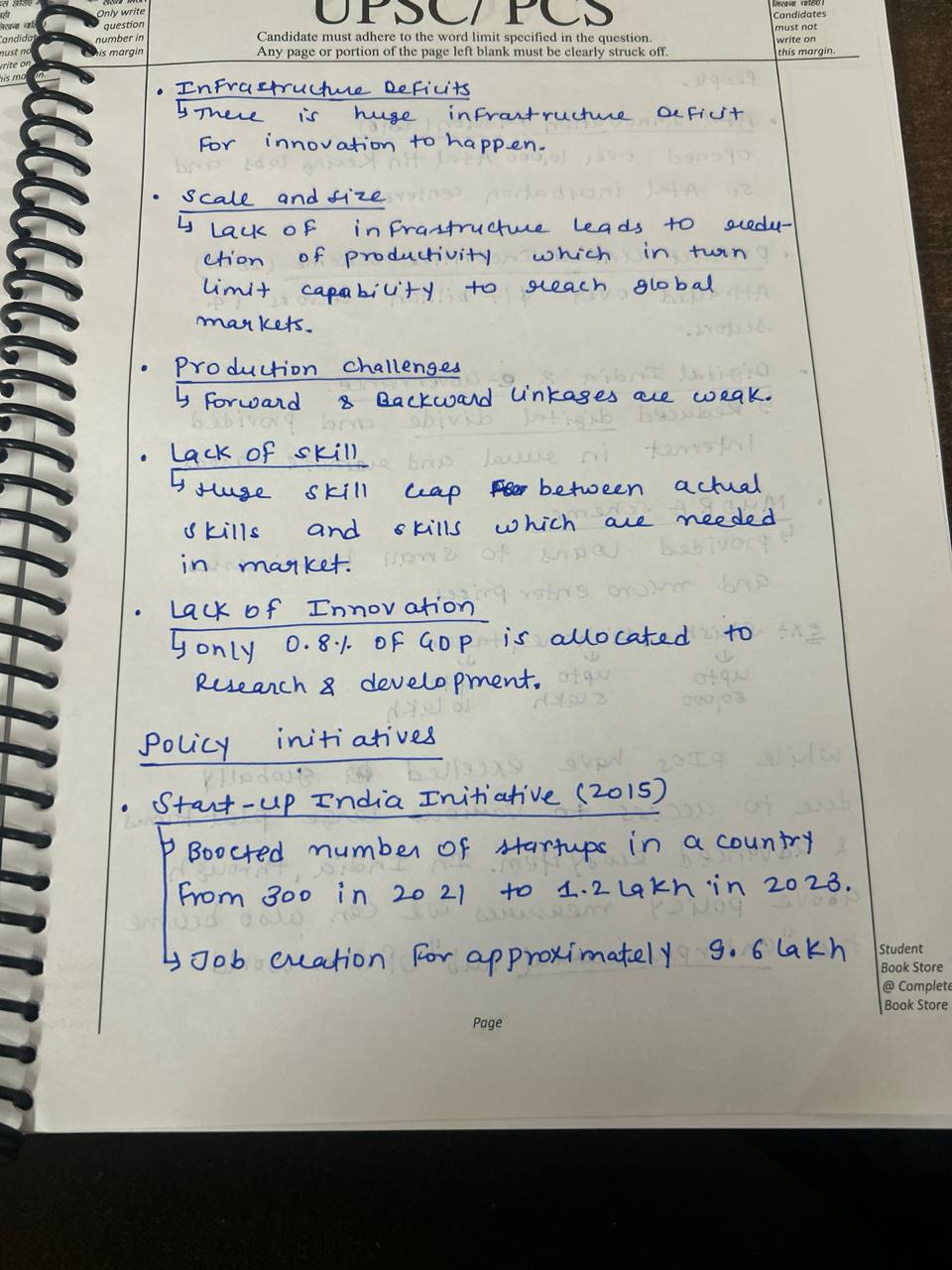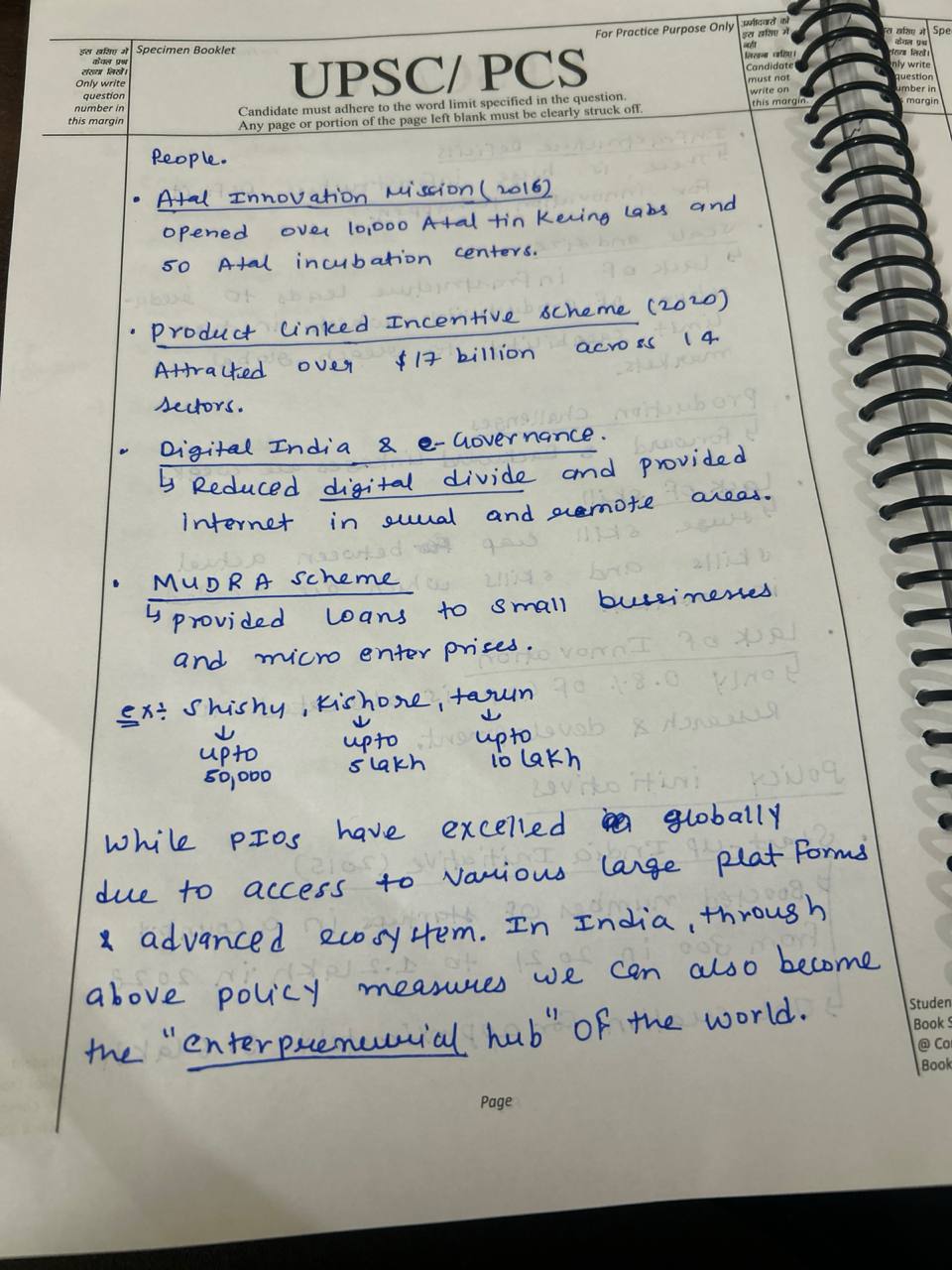Examine how well the government’s flagship initiatives—like the Pradhan Mantri Kisan Samman Nidhi (PM-KISAN), the National Rural Livelihood Mission (NRLM), and the Mahatma Gandhi National Rural Employment Guarantee Act (MGNREGA)—promote inclusive growth and lower poverty and income inequality.
Model Answer Introduction Capital formation, which encompasses the accumulation of physical assets like buildings and machinery, is crucial for driving economic development. A significant aspect of capital formation is investment, which can originate from domestic savings or foreign funding. In IndiRead more
Model Answer
Introduction
Capital formation, which encompasses the accumulation of physical assets like buildings and machinery, is crucial for driving economic development. A significant aspect of capital formation is investment, which can originate from domestic savings or foreign funding. In India, the savings rate plays a vital role in facilitating investment and economic growth.
The Importance of Savings
India’s savings rate has contributed substantially to its economic development since the 1960s and 70s, typically hovering around 33% of GDP. This high savings rate enables the transfer of funds from households to businesses, fostering increased output and expansion. However, while savings are essential, they alone do not ensure capital formation or growth.
Other Factors Influencing Growth Potential
- Infrastructure
- A robust infrastructure is vital for economic growth, including reliable power supply, transportation networks (roads and railways), and communication systems.
- Fact: According to the World Bank, inadequate infrastructure can cost India up to 1-2% of GDP annually.
- Ease of Doing Business
- A conducive environment for starting and operating businesses is crucial. Reducing bureaucratic hurdles in land acquisition and licensing can significantly enhance growth.
- Fact: India’s rank improved to 63rd in the World Bank’s Ease of Doing Business Index in 2020, reflecting ongoing reforms.
- Human Resources
- A skilled labor force is essential for increasing productivity. The effectiveness of human resources depends on education, skills, and creativity.
- Fact: The National Skill Development Corporation (NSDC) aims to train over 150 million people by 2022 to bridge skill gaps.
- Technology
- Technological advancement is crucial for enhancing productivity and competitiveness in both domestic and international markets.
- Fact: India’s IT sector contributes significantly to GDP, with revenues expected to reach $350 billion by 2025 (NASSCOM).
- Social and Political Factors
- Social customs and political participation in policy-making influence economic development. Engaged citizenry leads to better governance and economic policies.
- Fact: Political stability is often linked to improved economic performance, as noted by the International Monetary Fund (IMF).
Conclusion
While India’s savings rate is a vital component of its growth potential, it is not the sole factor. To fully harness its demographic dividend, India must focus on improving infrastructure, facilitating business operations, enhancing human resources, embracing technology, and fostering stable social and political environments. These combined efforts will create a conducive atmosphere for sustainable economic growth.
See less



Effectiveness of Government Flagship Programs in Promoting Inclusive Growth The Indian government has launched several flagship programs aimed at promoting inclusive growth and addressing poverty and income inequality. Key among these are the Mahatma Gandhi National Rural Employment Guarantee Act (MRead more
Effectiveness of Government Flagship Programs in Promoting Inclusive Growth
The Indian government has launched several flagship programs aimed at promoting inclusive growth and addressing poverty and income inequality. Key among these are the Mahatma Gandhi National Rural Employment Guarantee Act (MGNREGA), the National Rural Livelihood Mission (NRLM), and the Pradhan Mantri Kisan Samman Nidhi (PM-KISAN). Analyzing the effectiveness of these programs involves examining their impact on rural development, poverty reduction, and income equality.
1. Mahatma Gandhi National Rural Employment Guarantee Act (MGNREGA)
2. National Rural Livelihood Mission (NRLM)
3. Pradhan Mantri Kisan Samman Nidhi (PM-KISAN)
4. Overall Assessment and Challenges
Conclusion
The flagship programs—MGNREGA, NRLM, and PM-KISAN—have been effective in promoting inclusive growth and addressing poverty and income inequality. They have improved rural livelihoods, provided financial support to farmers, and enhanced self-employment opportunities. However, to maximize their impact, ongoing reforms and improvements in implementation are essential. Continued focus on addressing challenges and optimizing program delivery will be crucial in achieving sustainable and equitable development.
See less